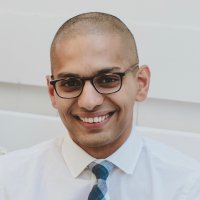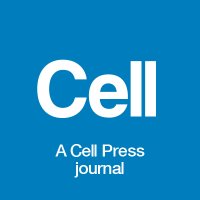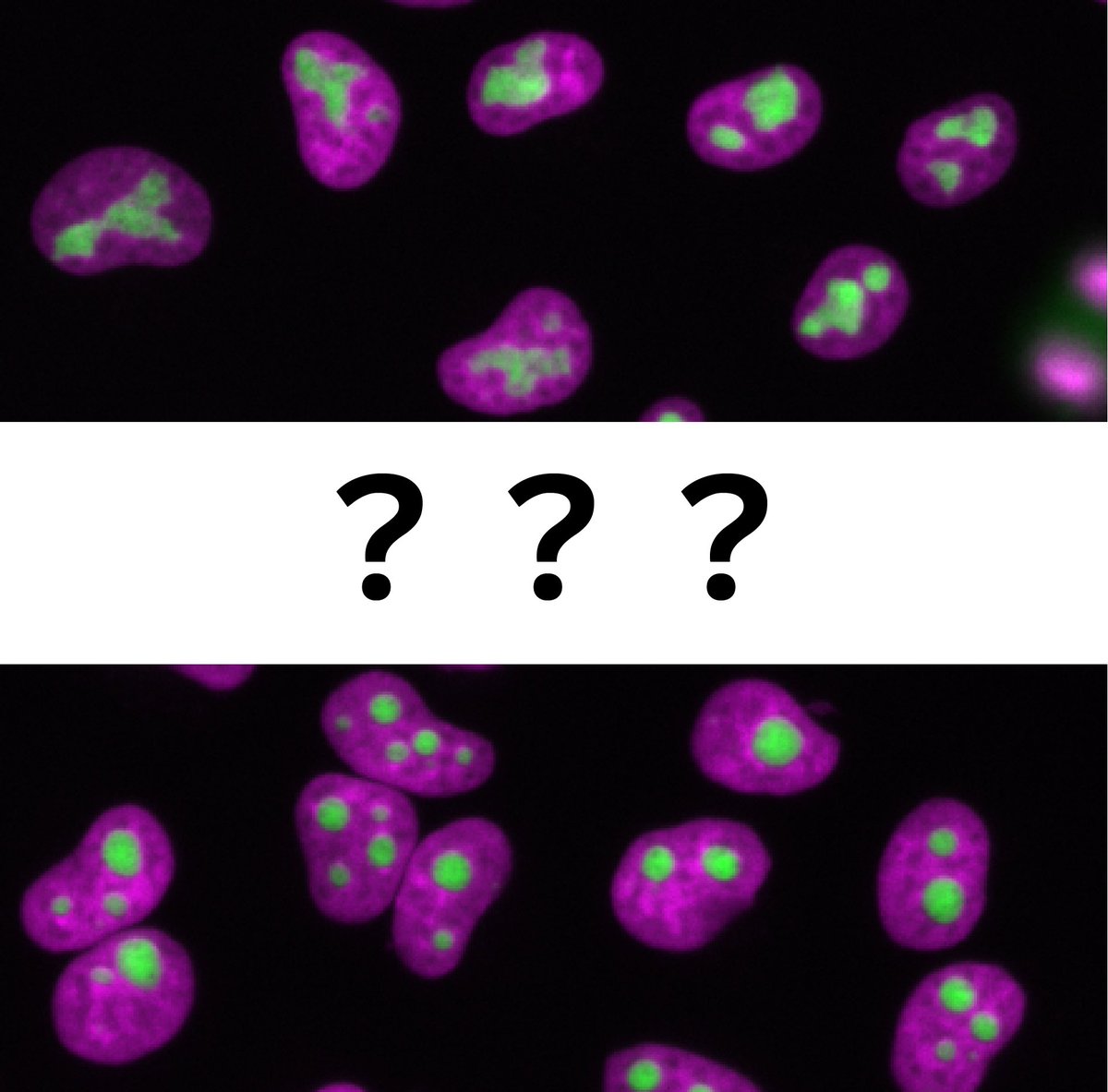
Raghu Chivukula, MD PhD 🫁
@chivukula_raghu
physician-scientist @harvardmed @MassGeneralNews & @CGM_MGH | dadx2 | porschephile | via @JohnsHopkins @HopkinsMedicine @MGHMedicine @HarvardPulm @WhiteheadInst
ID: 1213854675314757632
https://www.chivukula-lab.org/ 05-01-2020 16:08:31
897 Tweet
811 Followers
845 Following


I find trinucleotide repeat disorders fascinating; between this new paper from Raghu Chivukula, MD PhD 🫁🧬🧠 on GGC repeats and one earlier from Steve McCarroll on CAG repeats (x.com/s_mccarroll/st…), we're seeing some real bangers this year starting to dissect the mechanisms of pathogenesis

Excited to announce that this work is now live as a first release article Science Magazine So grateful for this fantatic team and to see this work in wild! science.org/doi/10.1126/sc…




Our paper on discovering a new paradigm in peroxisome biogenesis and PEX39 (1st human peroxisomal biogenesis protein found in > 20 yr) is out in Nature Cell Biology! Wonderful, equal collab with Tony Rodrigues, Dwendscheck (dwendscheck.bsky.social), Jorge Azevedo, Warscheid lab nature.com/articles/s4155…

Yet another beautiful piece of structural and biochemical work led by by friend, colleague, and MassGeneral Medicine resident Max Valenstein, MD, PhD! Thrilled to have contributed in a small way to this important study. Congrats to Pranav Lalgudi, David M. Sabatini, Kacper, et al. nature.com/articles/s4158…

